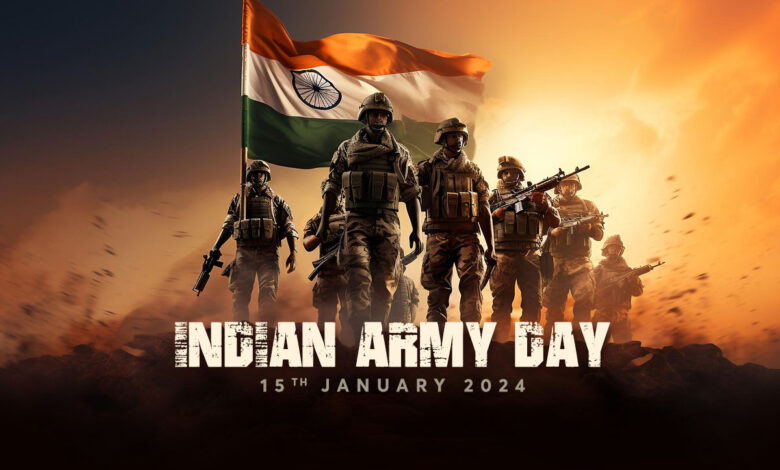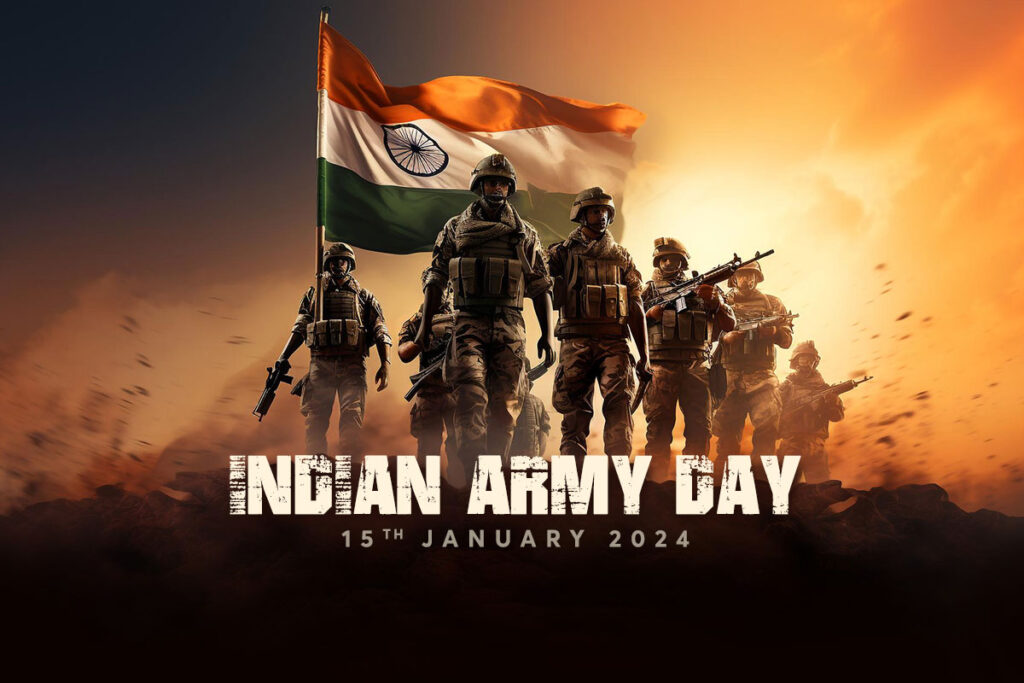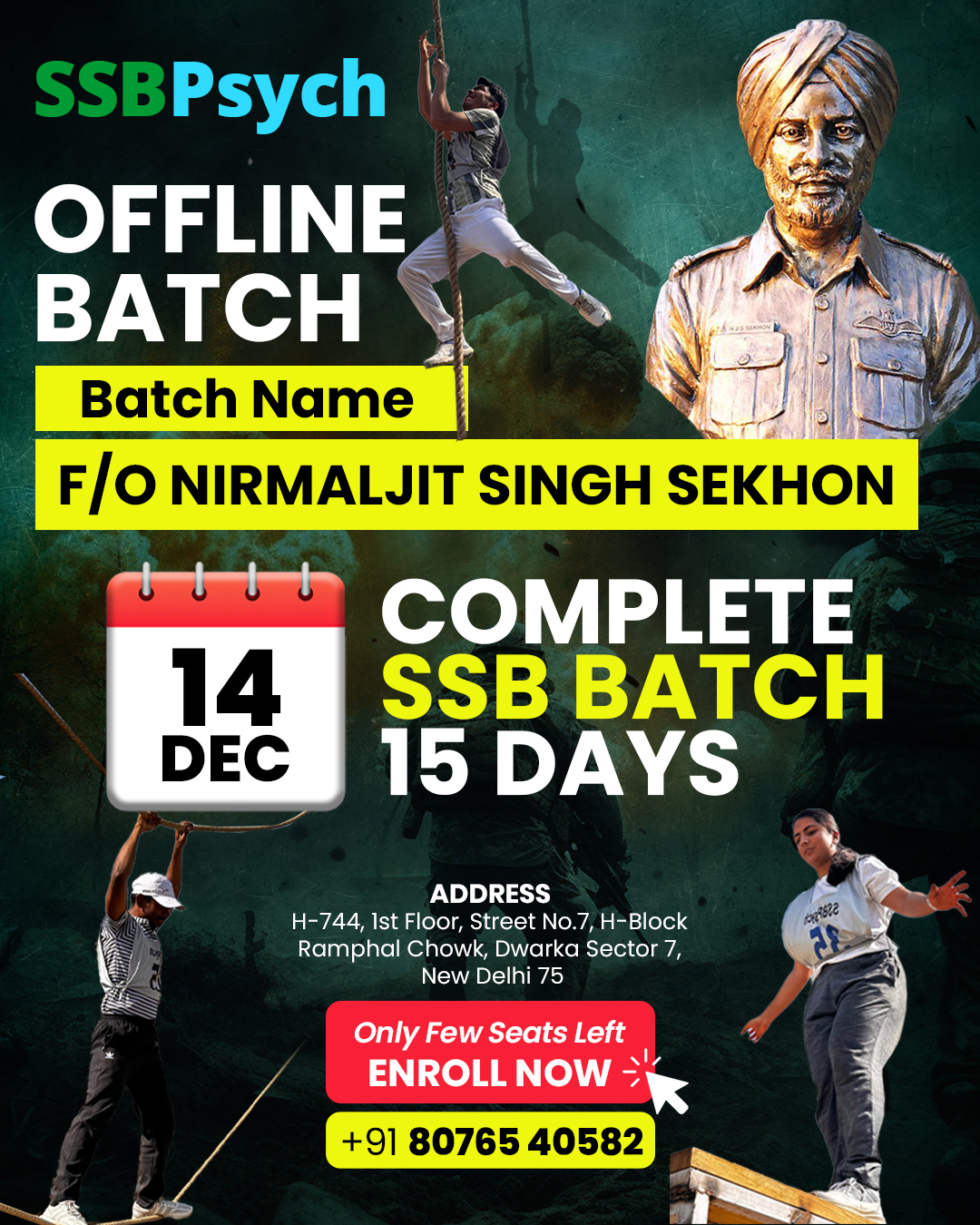
Indian Army Day
Indian Army Day is celebrated on January 15th every year to commemorate the day when General K.M. Cariappa took over as the first Commander-in-Chief of the Indian Army from General Sir Francis Butcher in 1949. The day holds immense significance as it honors the soldiers’ bravery, sacrifices, and their unwavering commitment to safeguarding the nation’s sovereignty.

The Indian Army, the largest component of the Indian Armed Forces, plays a pivotal role in ensuring the country’s security and defending its borders. Its primary mission is to protect the territorial integrity of India from external aggression and internal threats while providing aid to civil authorities in times of natural disasters and other emergencies.
The Indian Army traces its roots back to the British Indian Army, which existed before India gained independence in 1947. Since then, it has evolved into a modern, well-equipped force with a rich tradition of valor and service. The army comprises various branches, including infantry, artillery, armor, engineering, signals, and medical corps, among others, each playing a vital role in ensuring the army’s operational effectiveness.
Indian Army Day is marked by various events and ceremonies across the country. The main highlight is the parade held at the Army Parade Ground in New Delhi, which showcases the army’s military prowess, technological advancements, and diverse cultural heritage. The parade includes impressive displays of weaponry, tanks, artillery, and aircraft, along with performances by military bands and contingents from different regiments. The President of India, who is the Supreme Commander of the Indian Armed Forces, presides over the parade, while senior military officials and foreign dignitaries also attend the event.
Apart from the parade, Army Day is also an occasion to honor and pay tribute to the brave soldiers who have made the ultimate sacrifice in the line of duty. Special ceremonies are held at war memorials and military cemeteries across the country to commemorate their courage and valor. Additionally, various welfare activities are organized to support the families of serving and retired personnel, highlighting the army’s strong sense of camaraderie and solidarity.
Indian Army Day serves as a reminder of the army’s vital role in safeguarding the nation’s security and upholding its democratic values. It is a day to express gratitude to the brave men and women in uniform who dedicate their lives to protecting the country and its citizens. Through their selfless service and sacrifice, they embody the spirit of courage, resilience, and patriotism, inspiring generations to come.







